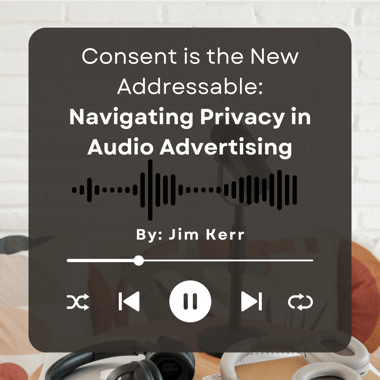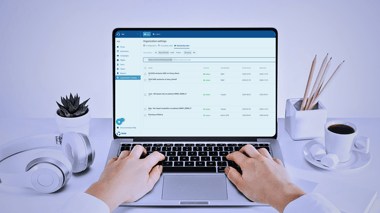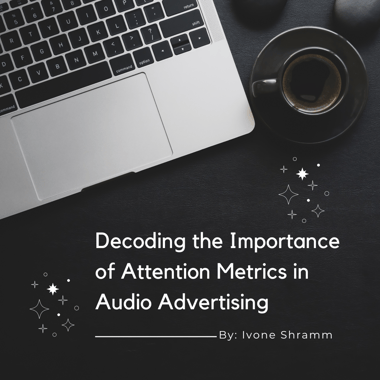Can Programmatic Buying Save Traditional Media?

via Adotas
ADOTAS — Netflix, Hulu, YouTube, Pandora, Spotify … these services are all popular household names. But they have something else in common: they are also Internet-based alternatives to traditional ad-supported media – and they compete for the same ad dollars.
Call me nostalgic, but as much as I love the Internet, social media and mobile, I am not ready to give up traditional television and radio, and I don’t think I’m in the minority.
Three Strikes
It’s no secret that traditional (i.e., non-addressable) media has been facing a challenging advertising market — one that delivers brand advertisers with more options, better targeting and lower costs. How can traditional media compete with that?
To add more fuel to the fire, the marketplace is increasingly dominated by real-time bidding and programmatic buying solutions. Programmatic streamlines the buying process, creating efficiencies of scale and eliminates waste – making tasks that were previously difficult and time-consuming much easier, while increasing margins. Strike two for traditional media’s ad sales efforts.
A survey conducted by ad tech provider OpenX found that 70 percent of media buyers and publishers surveyed are already participating in programmatic trading, and of those 77 percent planned to increase the amount and frequency over the next year. Additionally, a third of those surveyed were considering replacing traditional publisher relationships with programmatic. Strike three. The times, they are a changin’…
While programmatic’s roots are in display (and many still think of it solely as such), its success has recently expanded to search, social and even online video and audio. Here’s where things get interesting. The audience that consumes traditional media also consumes digital media.
Advertisers want to reach this audience, and when digital tools such as programmatic buying and RTB are used, well, traditional media doesn’t stand a chance.
Most of the growth in ad budgets is planned for the programmatic buying paradigm. If they can’t figure out how to access this growing stream of advertising budgets, the outlook does not look good for our traditional friends.
Cue Clouds Parting
However, there may just be a bright spot for traditional media ads: They operate above the proverbial fold. Think about when you open a website; there is likely a banner ad at the top, often a video embedded to the right, perhaps a “site takeover” running in the background and a pop-up that must be clicked off. With all these ads, we as consumers are likely to tune out, turn them off and just ignore them.
In contrast, picture yourself in your car during your morning commute, listening to your favorite songs or talk radio. When a commercial comes on, there is no competition for your attention; you are a captive audience. Advertisers understand the benefit of this captivity and are willing to pay a premium for it. Combining this high level of “audibility” and engagement with the targeting capabilities of programmatic buying is a powerful combination.
The shift has already begun. Radio stations like CBS and Entercom already use programmatic to sell ads for their online streaming properties. For video, Forrester Research found programmatic to be the fastest-growing segment of the online video advertising market, and predicts that it will account for about 25 percent of all U.S. online video spending, or $1.14 billion, by 2014. Add in display, social, and mobile, and programmatic could easily top US $6 billion next year.
I Can See the Future
To take this a step further, let’s consider outdoor advertising – you know, those billboards you pass on the highway – in my mind, this is the simplest and oldest form of advertising. Well, out-of-home ad company Vistar recently signed a deal with WPP’s trading desk, Xaxis, proving that programmatic works for even the most traditional of media.
From my perspective this is a huge hurdle that has been successfully crossed. Traditional media companies are starting to understand programmatic audience buying and how it works, and in some cases they’re already using it in certain functions – but not yet for traditional radio and television ads.
The lines between traditional and digital media continue to blur. I can stream my favorite radio stations online and on my phone, and I can watch my favorite television shows wherever I am. This content is in most cases still produced and owned by “traditional” media companies, but the distribution models have changed … and so have the monetization models.
So as we embrace these changing models, I predict we’ll see programmatic buying seeping its way further into the traditional sales model. As the line between traditional and digital media fades away, those who fail to accept the new order risk being left behind.
Back to blogRelated Articles
Keep on reading the stuff you love

Consent is the New Addressable: Navigating Privacy in Audio Advertising

Dynamic Ad Insertion (DAI): Tips to Monetize Your Content
